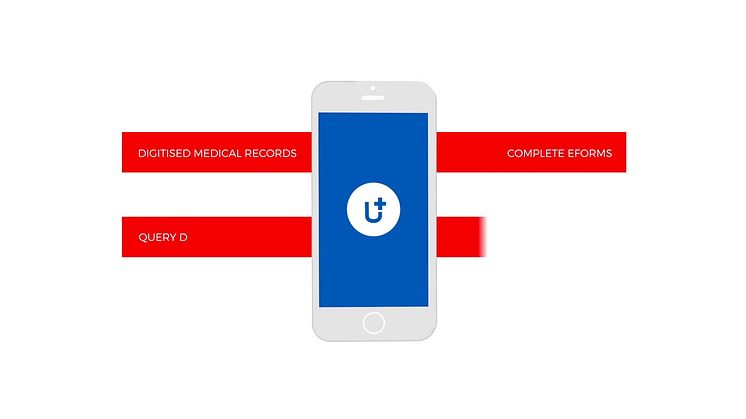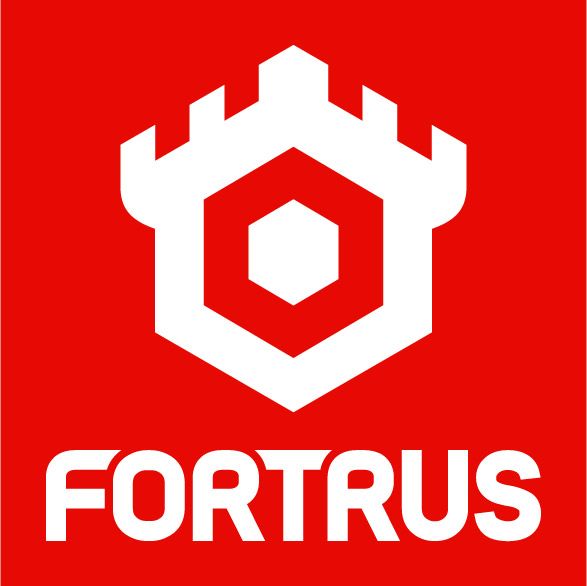News -
Utilising Technology to increase business efficiency and provide better integrated health services
An Electronic Medical Records system was introduced at Basildon and Thurrock University Hospitals NHS Foundation Trust (BTUH) to improve health care business efficiency and provide better integrated health and related services. ‘Unity’ the EMR solution provided by Fortrus Ltd acts as a clinical decision support tool which allows clinicians 24-hour access to structured, historic information about their patients, entailing the digital capture of almost half a million patient case notes.
The Board at BTUH sanctioned the Programme on the understanding that it would deliver an ROI of 13% on a £6.3m investment over a period of five years, as well as provide tangible benefits to patient care and operational effectiveness. This has been realised through the closure of its large off-campus records library, along with the salaries of 65 medical records staff, some of whom have been redeployed.
The Electronic Medical Record programme at BTUH has converted its paper based case notes into digitised medical records. It enables clinical staff to access structured historic patient information, continually updated by clinicians using a variety of bar-coded forms and enriched by data from many clinical systems, 24 hours per day. To date, 450,000 legacy patient records, equating to 68 million pages are available electronically and our off-site records library has been closed. Clinical decision making is improved using integrated EPR information such as attendance history, that can be viewed in context with patient documentation and key documents are easily accessible thanks to a revolutionary approach to indexing.
Roll-out of the EMR across the Trust has been a carefully phased process, with the initial focus on departmental outpatient clinics. The first area to go-live in October 2011 was Paediatrics followed by the rest of Womens and Childrens Services. We continued to deploy the system on a specialty by specialty basis and all services are now fully live.
BTUH had a very experienced internal development, implementation and scanning team that were pushing forward the development and deployment of the EMR into clinical areas whilst ensuring that the solution safeguards clinical efficiency and safety at all times.
When BTUH began the procurement process in late 2009 the core specification was described by the Supplier community as “…the most comprehensive of its type to date.”This was not a tender for deploying an EDM system. The Trust were seeking a solution that would provide clinical decision support. The tender necessitated a consortium approach as suppliers were required to provide scanning and development expertise underpinned by implementation experience. However, the actual development and delivery of the clinical viewer is a fraction of the story that has unfolded over the past three years. The Trust now owns, manages and runs a very sophisticated scanning and indexing bureau allowing us to introduce standards and adopt a flexible approach to accelerate our scanning capacity. They have the in house development capability that allows them to continually develop the solution to improve user experience, clinical, operational and scanning efficiencies.
BTUH Patients are also cared for in the community and to support these services they have established Information Sharing Agreements. A training programme for non BTUH staff and access to EMR via N3. To date, across all care settings around 3,000 staff have been trained to access the 'Unity' solution.
The BTUH Programme specification was developed following interviews with hundreds of senior clinicians from several acute Trusts. From the outset, a team of fourteen of the Trust’s most senior clinicians (Clinical Advisory Group) provided clinical governance, strategy and direction. This oversight ensured that the Programme adhered to the objectives for improving patient care, both in the Trust and in community-based care settings.
The phased roll out has enabled the EMR team to build strong relationships with all levels of staff, understanding their requirements and providing close support at all stages. The key challenge was to be able to deliver a system that would improve clinical efficiency and effectiveness, providing a solution that was not just tolerated, but embraced by the clinical community.
The BTUH team benchmarked clinical processes, making detailed and timed observations of clinical behaviour under pre-EMR and post-EMR conditions. This enabled the Trust to make credible claims about the impact of the Programme on clinical and operational effectiveness. Every single element of the EMR, from its ‘look and feel’ to the detailed workflow and structure, have been designed, tested and validated by BTUH staff. To quote one senior clinician; “This is the first time an IT project has been driven and designed by the clinical community”.
Clinical care requires good patient records but paper notes can only ever be in one place at one time. Patients may attend a number of clinics and each time the paper notes are out of circulation for five or six days, but not with EMR records. Patient care is improved by BTUH’s EMR system which allows doctors, nurses and medical secretaries electronic access around the clock, to their patients’records both in the Trust and the local community.
The Programme brings together the clinical records, the EPR attendance data and data from other electronic systems to give a more comprehensive overview by the clinicians. The need for patient privacy is also fully observed and supported by a comprehensive security model, with an audit trail that allows for a level of tracking and monitoring that is not achievable in the paper world.
The project cost £7m, but it directly saved over £ ½ million in pre-project reduced operating costs and an estimated £1m a year in further improved efficiencies across the trust. The cash releasing benefits are substantial and include a reduction of staff within the Trust Records Library as well as the closure of Basildon’s medical records warehouse. Indeed, if the project hadn’t taken place the Trust would have needed a second warehouse by today which would have doubled their pre-project operating costs.
Additionally within each of a Trust’s services there are a number of admin and clerical staff involved with the management of clinical information where savings can be made, in particular the movement of physical case notes and the filing of material associated with them.
Finally the costs associated with outpatient services have also been reduced with the streamlining of activities that the clinicians and administrative staff perform, centralising the incoming referral process and preparation of all material for a clinic.
Users now forget what it was like pre-EMR and their expectations have gone up which is very encouraging. The Trust now needs to ensure that they maintain those high standards. This project has been, and still is one of the biggest transformation projects that any NHS organisation will undertake. There will always be an element of room for improvement and the need for constructive feedback that will consequently require changes to be made. However, BTUH have and will continue to use this in a positive way to ensure any internal improvements are made by working in partnership with their suppliers to ensure that the solution is always evolving to obtain maximum benefit and efficiencies.
For further information please contact:
Leigh Baillie
Chief Marketing Officer
Fortrus Ltd
leigh.baillie@fortrus.com
+44 7894 517828
www.fortrus.com
Related links
Topics
- Health, Health Care, Pharmaceuticals

